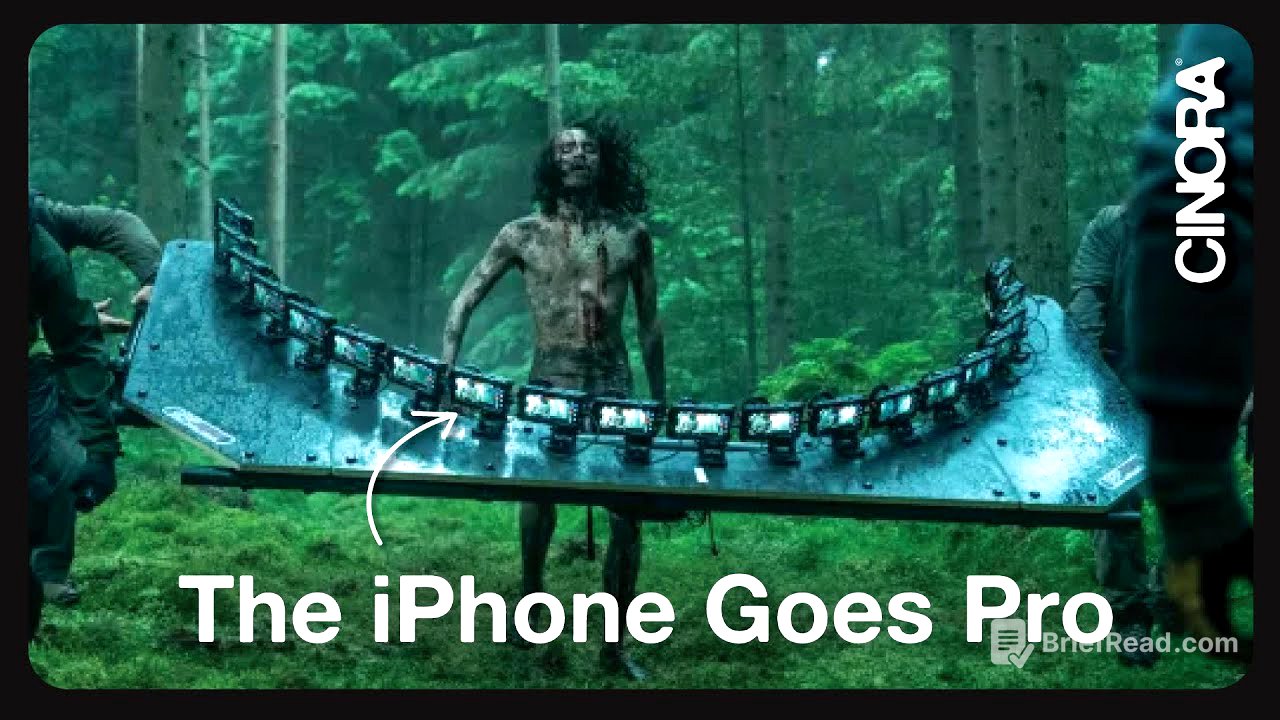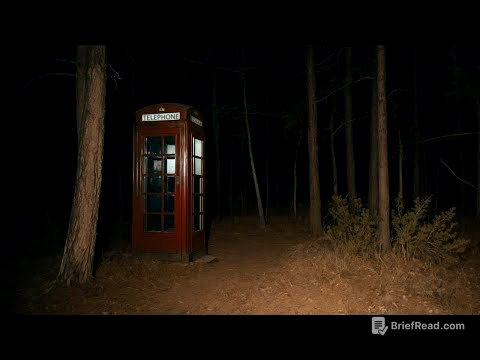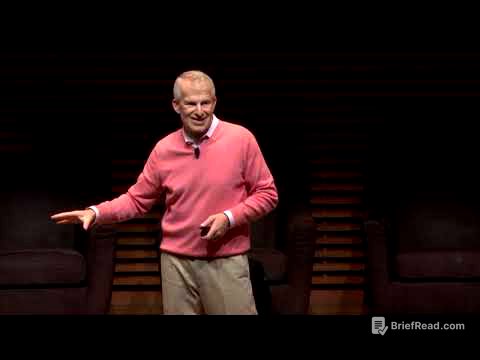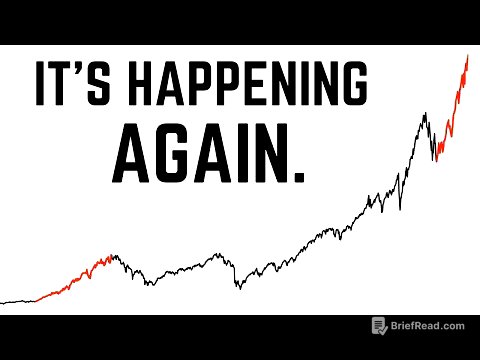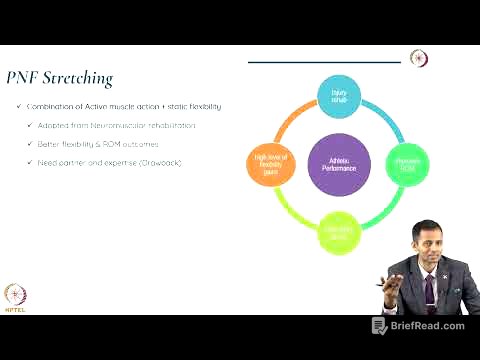TLDR;
This video discusses the use of iPhones in filmmaking, specifically focusing on Danny Boyle's decision to shoot "28 Years Later" on an iPhone despite having a significant budget. It explores the historical context of low-budget filmmaking in the "28 Days Later" franchise, the evolution of smartphone camera technology, and the implications of using iPhones in professional film production. The video also touches on whether this trend is a genuine shift towards democratizing cinema or simply a marketing gimmick.
- Danny Boyle's choice to use an iPhone for "28 Years Later" sparks debate about democratizing cinema versus marketing gimmick.
- The original "28 Days Later" utilized low-tech equipment due to budget constraints and practical advantages.
- Modern iPhones, especially with RAW file formats and apps like Blackmagic Cam, are increasingly capable for professional filmmaking.
Introduction [0:00]
The video begins by addressing the buzz around "28 Years Later" being shot on an iPhone. The author questions why a director with a $60 million budget would choose an iPhone, pondering if it's a move towards indie filmmaking or just a gimmick. She also mentions teaching a filmmaking course using smartphones, highlighting the growing interest in this technology for both social content and potential cinematic projects.
Historical Context: 28 Days Later [1:27]
The video revisits the original "28 Days Later," noting its use of low-tech Canon XL1 cameras and DV tapes. This choice, driven by budget constraints, gave the film a distinct home video feel. The director, Danny Boyle, strategically used multiple affordable cameras to capture footage quickly in central London, which they could only shut down for brief periods. The author also points out the nostalgic revival of old formats like DV tape and Betamax, with people seeking them out for their unique aesthetic. Despite its low-budget look, the success of "28 Days Later" stemmed from its writing, performances, and innovative concepts.
28 Weeks Later and the Shift to iPhones [4:54]
The video briefly mentions "28 Weeks Later," explaining its exclusion from the discussion due to the absence of Danny Boyle and Alex Garland, as well as its lack of lo-fi tech. It then transitions to "28 Years Later" and Boyle's decision to use an iPhone as the main camera. While not the first film to use an iPhone, its high budget sets it apart from previous iPhone-shot films like "Tangerine" and "Unsane." The author notes Boyle's admiration for small, handheld cameras and smaller crews. Although the iPhone setup for "28 Years Later" includes additional equipment, the core image capture is still done by the phone.
iPhone Capabilities and Limitations [6:39]
The video discusses the limitations of using iPhones for filmmaking, particularly regarding control over focus, exposure, and depth of field. It explains that while smartphone cameras are improving, they still face hardware constraints due to their primary function as phones. However, recent advancements like RAW file format support and apps like Blackmagic Cam have significantly enhanced the iPhone's capabilities. The RAW format allows for greater control during color grading and post-processing.
Professional Recognition and the Gimmick Question [9:12]
The video highlights Cine's review of the iPhone as a professional camera, marking a significant step up in its recognition within the industry. Despite being the lowest-ranked pro camera in their review, its inclusion signifies its improved capabilities. The author presents side-by-side footage comparing the iPhone's image quality to that of an Alexa camera, noting the differences in detail processing. This leads to the question of whether using an iPhone for a feature film is a genuine return to grassroots filmmaking or simply a marketing gimmick.
Filmmaker's Game Plan Ad [10:31]
The video includes a brief ad for the filmmaker's game plan, a tool and course designed to help filmmakers manage their productions and access resources.
28 Years Later: The Result and Director's Intent [11:19]
The author shares her experience of watching "28 Years Later," noting that the iPhone footage didn't stand out negatively. She mentions the use of an infrared camera for abstract sequences and discusses the "bullet time" rig used in the film. While the effect wasn't exactly bullet time, it was used creatively to jump through time. The author questions whether the iPhone was necessary for this effect but acknowledges potential cost and time savings. She concludes that the film proves the possibility of creating a polished, cinema-quality film with an iPhone. The video then includes a quote from Danny Boyle, who emphasizes his love for experimenting with technology to enhance storytelling and create unique opportunities, as well as the ability to be light in areas of the country that they wanted to suggest hadn't been touched for 28 years.
Conclusion [14:02]
The video concludes by posing the question of whether using an iPhone in filmmaking is democratizing cinema or just a gimmick, inviting viewers to share their thoughts in the comments. It also includes a final plug for the filmmaker's game plan.
